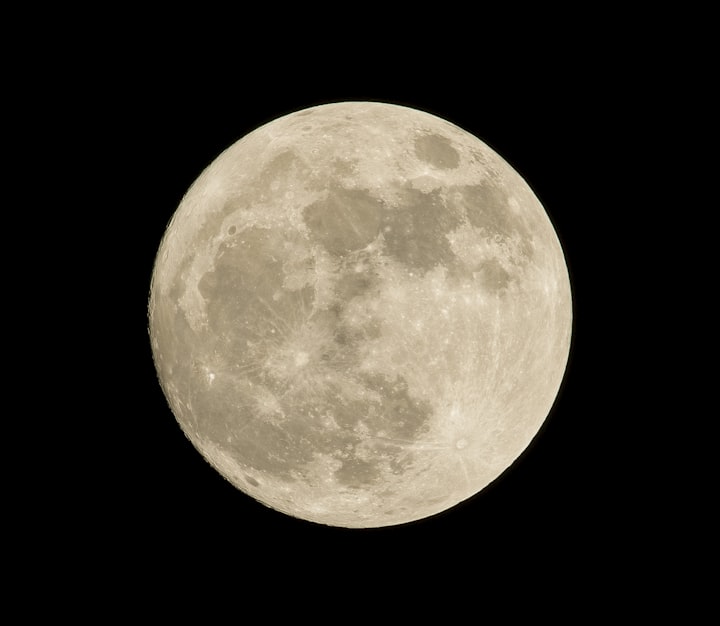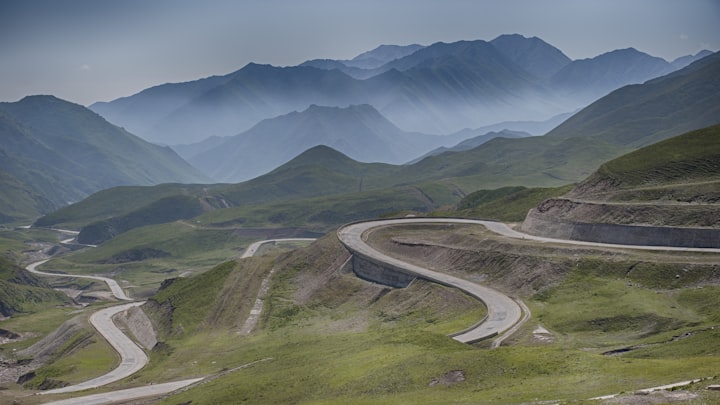Exploring the Phenomenon: Here's Why the Moon Looked Bright Red on Sunday
If the moon looked bigger, brighter, and a little bit eerier than usual tonight, there is a reason.

In recent times, the captivating sight of a bright red moon has piqued the curiosity of many sky gazers and astronomy enthusiasts. If you have ever wondered about the mysterious phenomenon of the moon appearing red, you have come to the right place. In this article, we will delve into the scientific explanations behind this captivating occurrence, dispelling myths and shedding light on the truth. So, fasten your seatbelts as we embark on a fascinating journey to uncover why the moon occasionally takes on a radiant crimson hue.
The Moon's Color: A Play of Light and Atmosphere
Contrary to popular belief, the moon does not actually change its color. Instead, the occurrence of a red moon is a result of the interplay between sunlight, Earth's atmosphere, and the moon's position in its orbit. To fully comprehend this phenomenon, let's break it down step by step.
Lunar Eclipses: The Key to Red Moon Spectacles
One of the primary causes behind a red moon is a lunar eclipse. During a lunar eclipse, the Earth aligns itself between the sun and the moon, casting a shadow on the moon's surface. However, what is particularly intriguing is the striking reddish glow that the moon exudes during this celestial event.
The Role of Earth's Atmosphere
The reddish tint observed during a lunar eclipse is a result of the Earth's atmosphere filtering sunlight as it passes through. The Earth's atmosphere scatters shorter wavelengths of light, such as blue and green, while allowing longer wavelengths, like red and orange, to pass through with minimal scattering. This process, known as Rayleigh scattering, is responsible for the red moon's awe-inspiring appearance.
The Color Palette of the Moon
While lunar eclipses offer one explanation for a red moon, they are not the only factor at play. Atmospheric conditions on Earth can also influence the moon's color. Various factors such as pollution, dust, and volcanic eruptions can alter the composition of the atmosphere, causing the moon to appear more reddish or even orange.
Other Influencing Factors
In addition to lunar eclipses and atmospheric conditions, the moon's position in its orbit can also affect its color. When the moon is closer to the horizon, its light passes through a greater distance of the Earth's atmosphere, leading to increased scattering. Consequently, the moon often appears larger and takes on a more reddish hue near the horizon.
Dispelling Myths: The Blood Moon Superstition
Throughout history, the red moon has often been associated with myths, folklore, and superstitions. One such example is the belief that a red moon is a harbinger of impending doom or a sign of celestial intervention. However, it's important to separate scientific fact from ancient tales and understand that the red moon is a natural phenomenon with rational explanations.
Moon
As we conclude our exploration of why the moon looked bright red on Sunday, it becomes clear that this captivating spectacle is a result of the interplay between sunlight, Earth's atmosphere, and the moon's position. Lunar eclipses, atmospheric conditions, and the moon's position in its orbit all contribute to the mesmerizing sight of a red moon. So, the next time you witness the moon cast in a radiant crimson hue, you can appreciate the scientific marvel behind this extraordinary phenomenon.
How Can I Observe the Eclipse?
Observing an eclipse is a fascinating experience that allows you to witness a celestial event of astronomical proportions. Whether it's a solar eclipse or a lunar eclipse, these occurrences captivate people worldwide. In this article, we will focus on how you can observe a lunar eclipse, the equipment you might need, and the best viewing conditions to make the most out of this awe-inspiring event.
1. No Special Equipment Required
One of the remarkable aspects of observing a lunar eclipse is that you don't need any special equipment. Unlike solar eclipses, lunar eclipses are safe to view with the naked eye. However, using binoculars or a telescope can enhance your viewing experience, allowing you to see more details and appreciate the moon's stunning red color during the eclipse.
2. Find a Dark Environment
To fully appreciate the beauty of a lunar eclipse, it's essential to find a dark environment away from bright lights. Light pollution can hinder your ability to see the eclipse clearly, so it's best to choose a location away from city lights, preferably in a rural or suburban area. A dark sky will provide you with optimal viewing conditions, ensuring that you can observe the eclipse in all its glory.
3. Best Viewing Locations
The visibility of a lunar eclipse can vary depending on your geographical location. However, there are specific regions where totality, the stage when the Moon is entirely in Earth's shadow, will be visible.
In North and Central America, as well as in Ecuador, Colombia, and western portions of Venezuela and Peru, you will have the opportunity to witness the totality phase of the eclipse. It's a unique chance to see the Moon completely immersed in Earth's shadow, creating a mesmerizing spectacle.
Additionally, the eclipse will also be visible in parts of Asia, Australia, and New Zealand, although the extent of visibility may vary.
If you are located in Alaska or Hawaii, you are in for a treat, as you will have the opportunity to observe every stage of the eclipse, from the initial penumbral phase to the captivating totality and its subsequent stages.
4. The Eclipse Schedule
To make the most of your lunar eclipse observation, it's important to know the schedule of the event. Lunar eclipses occur when the Earth comes between the Sun and the Moon, casting a shadow on the Moon's surface. This alignment results in a unique celestial phenomenon that captures the imagination of countless people.
You can check various sources such as astronomical websites or mobile applications to obtain the precise date and time of the upcoming lunar eclipse in your region. By having this information, you can plan your observation accordingly and ensure you don't miss any crucial stages of the eclipse.
READ MORE: https://www.newsuk1.com
signature!
( Shahid Riaz )
About the Creator
Health Tips
Health Tips for Adults. In this section: Healthy Weight; Consuming Healthy Food and Beverages; Physical Activity; Being Good to Yourself 1. Limit sugary drinks
Food and Drink Tips · For Healthy Teeth, Don't Brush
https://www.newsuk1.com/






Comments
There are no comments for this story
Be the first to respond and start the conversation.